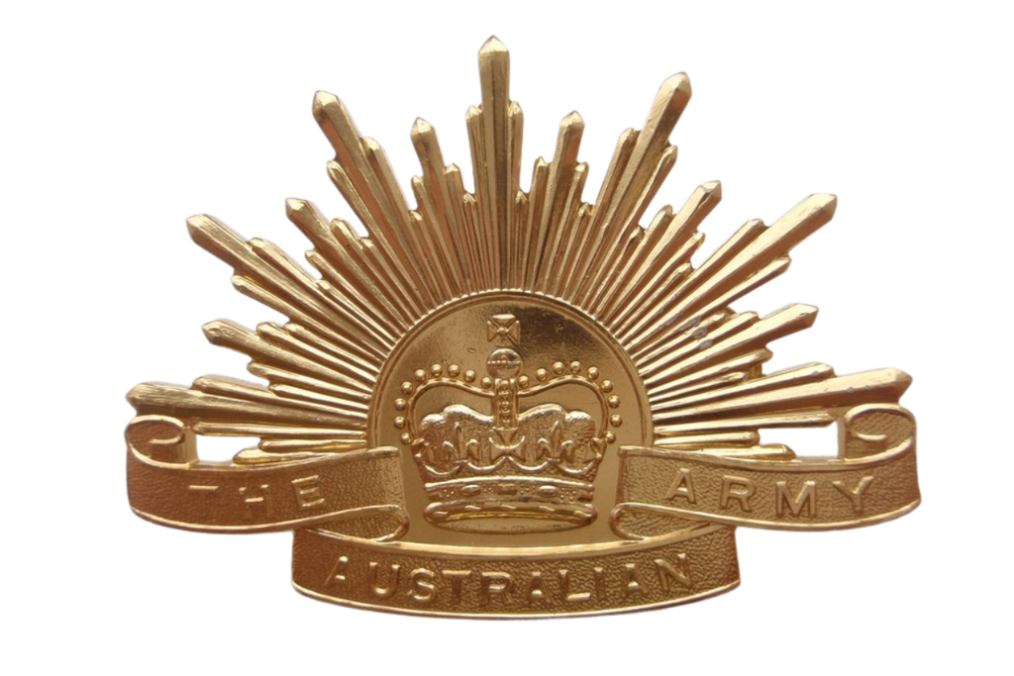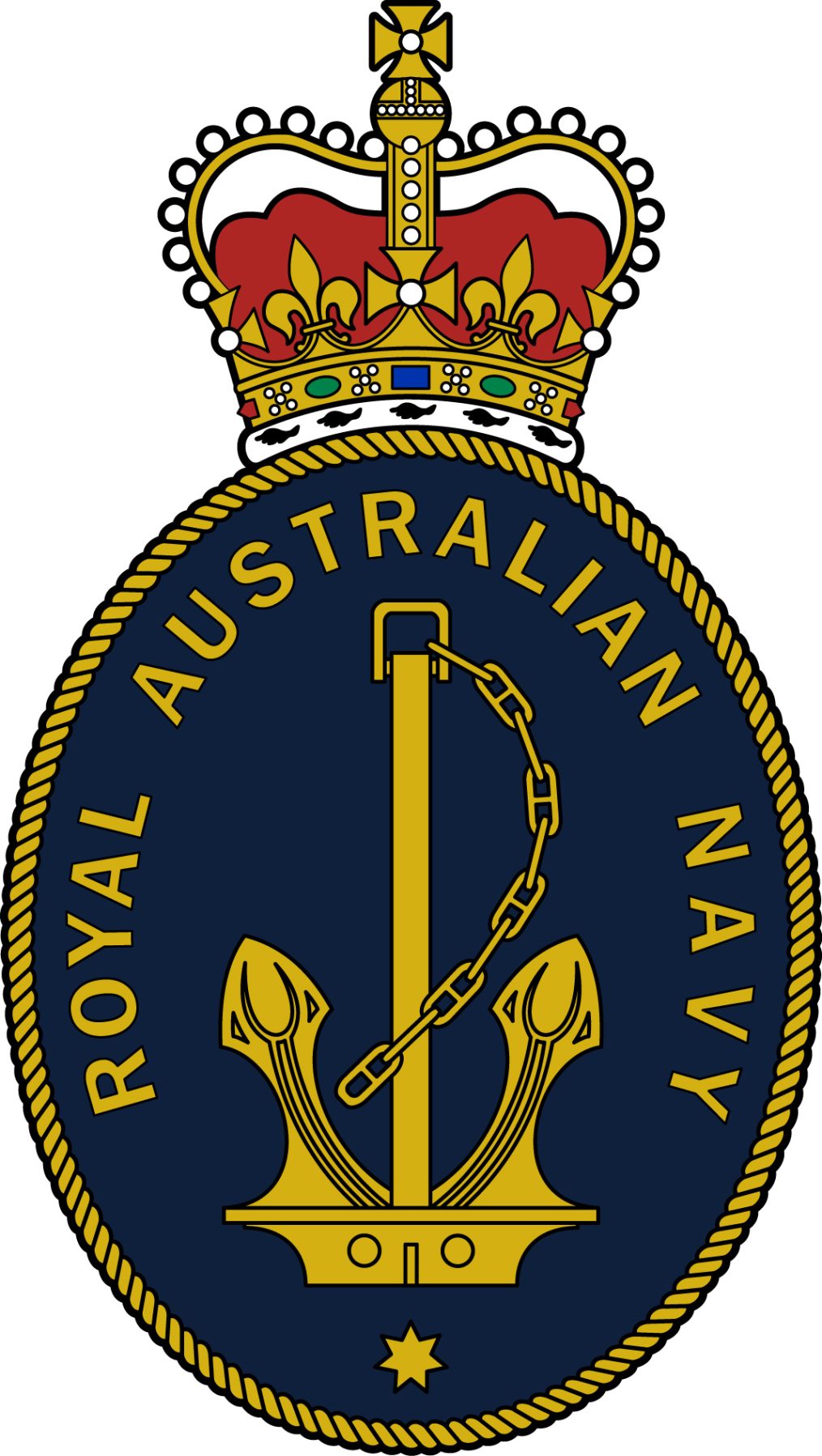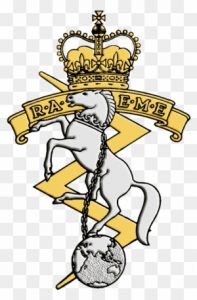The General Atomics Mojave drone represents a significant advancement in unmanned aerial vehicle (UAV) technology, poised to revolutionize modern warfare and surveillance. Its extended range and advanced capabilities enable it to engage targets from vast distances, making it an ideal platform for both reconnaissance and precision strike missions. The Mojave drone’s versatility ensures that it can conduct surveillance over hostile territories or execute targeted assassinations with precision and minimal risk to friendly forces.
In this video, we will delve into a comprehensive analysis of the Mojave drone’s capabilities and limitations. We will explore its advanced features, such as its impressive endurance, high-altitude operation, and sophisticated sensor suite that enhance its reconnaissance missions. The discussion will also cover its stealth capabilities and how it maintains a low radar profile, making it harder for adversaries to detect and counter.
Furthermore, the video will compare the Mojave to the Reaper drone, highlighting the advancements and improvements that the Mojave brings to the table. While the Reaper has been a cornerstone of UAV operations, the Mojave offers enhancements in payload capacity, range, and versatility, making it a more formidable asset in various mission profiles.
A notable upgrade to the Mojave drone is its ability to carry additional weaponry, such as the recent integration of two Mini-gun pods under each wing. This upgrade utilizes two of the drone’s seven hard points, significantly boosting its firepower and expanding its operational capabilities. The inclusion of these Mini-gun pods allows the Mojave to engage in close air support roles, providing cover for ground troops or neutralizing threats with rapid-fire precision.
In the field, the Mojave operates seamlessly, thanks to its advanced avionics and autonomous systems. These systems allow for real-time data analysis and decision-making, ensuring that the drone can adapt to dynamic combat environments. Its ability to be remotely piloted from secure locations means that operators can conduct missions without being in harm’s way, further enhancing its strategic value.
By examining the Mojave drone’s technical specifications, operational history, and recent upgrades, this video aims to provide a thorough understanding of how this cutting-edge UAV will shape the future of military operations. From its strategic advantages to its tactical applications, the Mojave is set to be a game-changer in the realm of unmanned aerial warfare.










